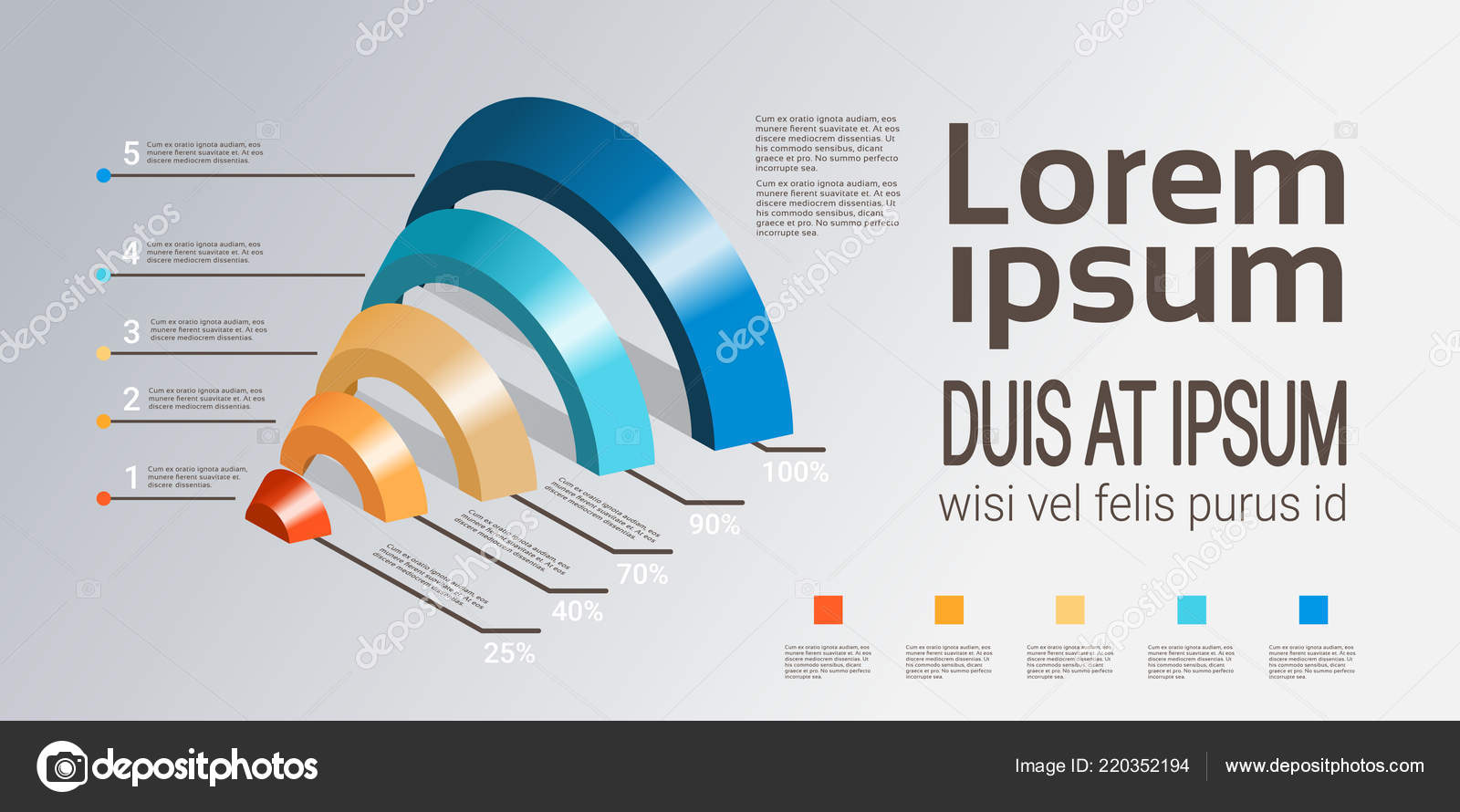Intrigued In Finding Out Exactly How Web Site Design Has Progressed Over The Years? Discover The Trip From Standard, Uncomplicated Styles To User-Centric User Interfaces That Prioritize The Visitor'S Experience
Intrigued In Finding Out Exactly How Web Site Design Has Progressed Over The Years? Discover The Trip From Standard, Uncomplicated Styles To User-Centric User Interfaces That Prioritize The Visitor'S Experience
Blog Article
Article Author-Asmussen Wren
In the past, sites were straightforward and focused on details. Navigating was straight, and layout was for desktops. Now, customer experience is vital. https://emailmarketingautomationt28394.bligblogging.com/30419883/begin-your-trip-to-understanding-social-media-sites-marketing-with-necessary-tips-and-methods-that-will-certainly-transform-your-on-line-existence-don-t-miss-out-on-these-valuable-insights guides designs for easy navigating. Receptive formats fit different devices. Today, dark mode decreases strain, and minimal food selections boost navigation. Interactive functions involve individuals, and vibrant visuals stand out. AI assimilation increases involvement. See just how design has actually advanced to improve your online journey.
Early Days of Website Design
In the early days of web design, simpleness preponderated. Sites were basic, with restricted shades, fonts, and designs. The emphasis got on supplying information as opposed to showy visuals. Individuals accessed the internet via slow dial-up links, so rate and capability were vital.
Navigating food selections were straightforward, generally located at the top or side of the web page. Sites were designed for desktop, as mobile browsing wasn't yet widespread. Content was king, and designers prioritized easy readability over complex design elements.
HTML was the key coding language made use of, and designers had to work within its restrictions. Computer animations and interactive features were very little compared to today's requirements. Sites were fixed, with little dynamic web content or personalized customer experiences.
Increase of User-Focused Design
With the development of website layout, a change towards user-focused style concepts has come to be progressively noticeable. Today, developing web sites that prioritize customer experience is essential for involving visitors and attaining business objectives. User-focused layout involves recognizing the demands, preferences, and actions of your target market to tailor the website's layout, content, and includes accordingly.
Developers currently perform extensive research study, such as user studies and functionality screening, to gather insights and feedback directly from individuals. visit the following page -driven method assists in producing user-friendly navigating, clear calls-to-action, and visually appealing interfaces that resonate with visitors. By positioning the user at the facility of the design procedure, sites can deliver a much more customized and pleasurable experience.
Receptive layout has likewise emerged as a vital facet of user-focused style, ensuring that sites are enhanced for numerous devices and display sizes. This adaptability enhances availability and use, accommodating the diverse methods customers engage with web sites today. In essence, the surge of user-focused style signifies a shift in the direction of creating electronic experiences that prioritize the demands and expectations of completion individual.
Modern Trends in Website Design
Discover the latest patterns forming web design today. One prominent trend is dark mode style, using a sleek and contemporary look while minimizing eye strain in low-light settings. One more crucial trend is minimalist navigation, simplifying food selections and enhancing user experience by focusing on essential elements. Including micro-interactions, such as computer animated switches or scrolling impacts, can produce a much more interesting and interactive web site. Responsive design remains important, making certain seamless customer experiences throughout numerous gadgets. Furthermore, making use of bold typography and unbalanced designs can include aesthetic passion and draw attention to certain web content.
Incorporating AI innovation, like chatbots for client support or personalized recommendations, enhances customer interaction and streamlines processes. Accessibility has also end up being a substantial fad, with developers prioritizing inclusive layout practices to satisfy diverse customer requirements. Welcoming sustainability by enhancing site efficiency for speed and effectiveness is one more emerging pattern in web design. Teaming up with customer feedback and information analytics to repeat and improve design continuously is important for staying relevant in the ever-evolving digital landscape. By accepting read this post here -day patterns, you can produce an aesthetically appealing, easy to use website that reverberates with your target market.
Final thought
As you reflect on the development of site layout from the very early days to currently, you can see exactly how user-focused layout has actually come to be the driving force behind contemporary patterns.
Welcome the trip of adjustment and adjustment in website design, constantly maintaining the user experience at the center.
Stay present with the most recent patterns and modern technologies, and never quit advancing your strategy to produce aesthetically stunning and straightforward websites.
Progress, adapt, and develop - the future of website design is in your hands.
